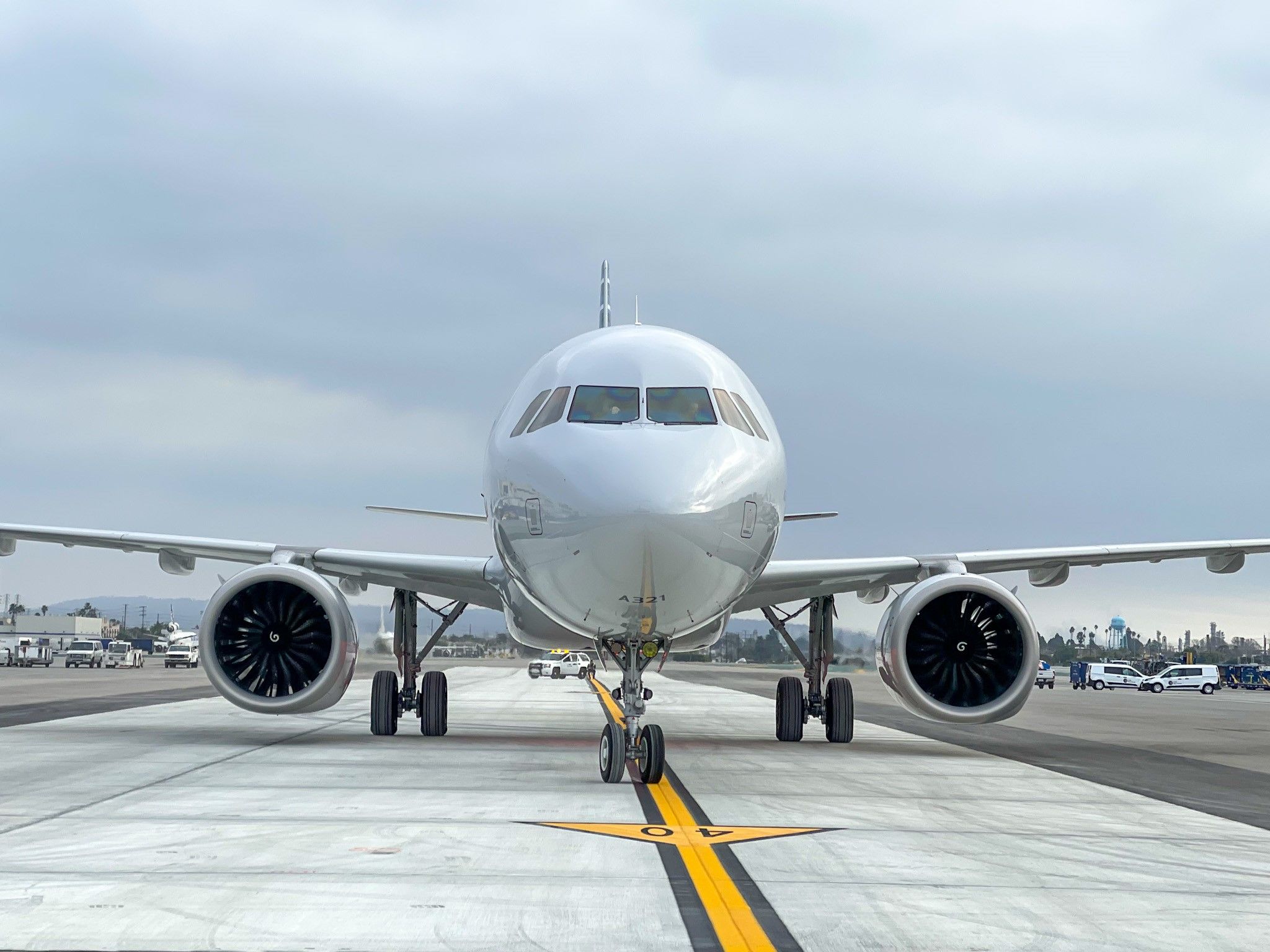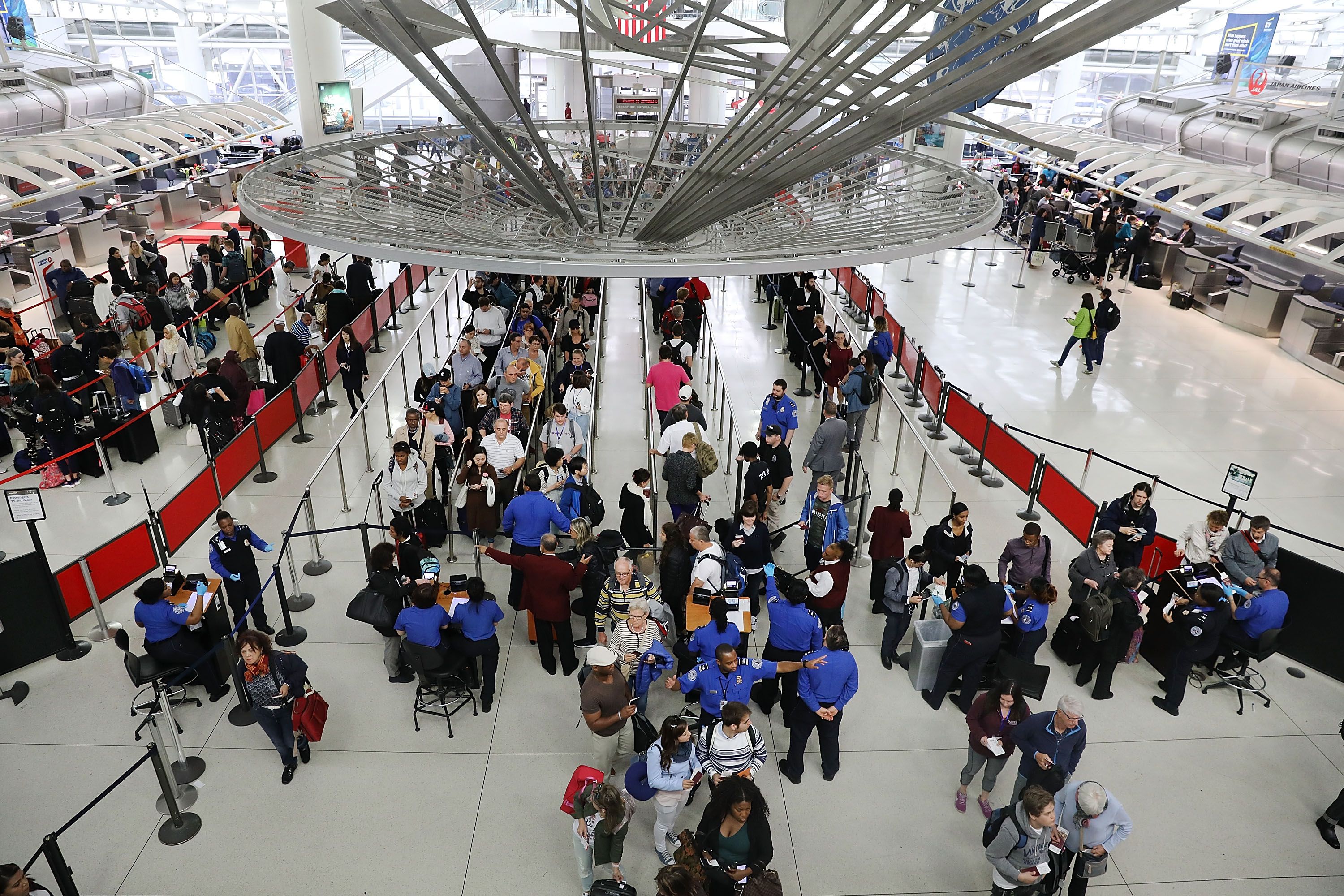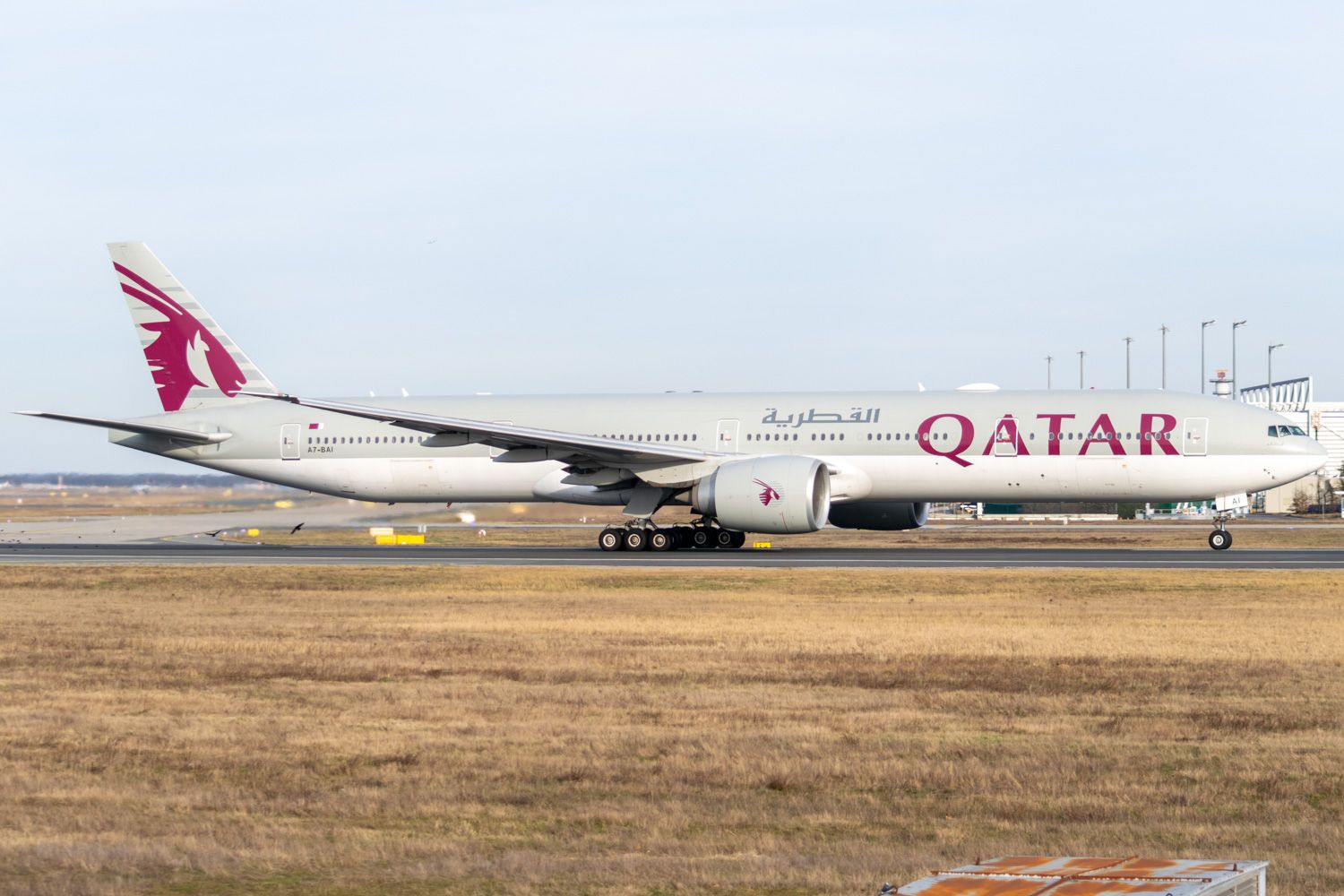It is no secret that people are on the move again, and the airline industry is in recovery mode. But a recent report released by the major online travel agency, Skyscanner, confirms another widely acknowledged phenomenon - airlines and travel patterns have changed, and that's resulting in some subtle and not so subtle changes to the commercial aviation landscape.
Reports identifies some changes in how and where we fly
Titled Skyscanner Horizons: Travel's Resilience and Trends Shaping Recovery, the report combines consumer polling with extensive flight search and booking data from around the world. Skyscanner is a UK-based metasearch engine and travel agency.
The report identifies three big trends in commercial aviation. These are, the streamlining of fleets by retiring older aircraft and introducing newer, more fuel-efficient models; new direct domestic and international routes connecting travelers with parts of the world only previously reachable via a one- or multi-stop journey; and new airlines entering the market, including a focus on low-cost long-haul travel.
None of this will be news to readers of Simple Flying. But as people start buckling up and lowering their armrests again, Skyscanner has spotted a few things passengers are doing differently post-pandemic - and it's not simply a case of face masks onboard and uploading COVID certificates. There are some changes in how and where we are flying.
Most travelers are happy to spend more to fly
Everyone loves a bargain, but Skyscanner reckons most travelers are happy to spend more on trips than they were pre-pandemic. Partly that's a factor of travel delays and savings accrued. And it's possibly a good thing people are prepared to pay more. Airfares are increasing as capacity in many regions fails to meet demand - a trend particularly noticeable in long-haul flying.
"Nearly 90% are planning to spend more or the same on travel abroad than pre-pandemic, with half spending more," says the Skyscanner report. "Leading the charge are Australians, with 60% keen to splash out more this year. Only 6% of travelers across all markets surveyed are planning to spend less."
"Americans lead the way when it comes to spending more on cabin class and rooms, with 46% planning to upgrade their airfare. More Americans also want to increase their spending on sustainable initiatives, such as greener flights or carbon offsetting, than other nationalities."
Suddenly, everyone wants to go to Doha
Overall demand for domestic and short-haul flights remains higher than pre-pandemic, but long-haul travel is making a comeback. As air travel staged its first rebound in early 2021, short-haul was very much in favor. Travelers were keen to minimize the hassle of crossing borders and the risks of finding themselves stranded. But as confidence grows that long-haul travel is normalizing again, demand for intercontinental flying is returning.
So where do we want to fly to? That depends on where you live. Top of the list of Europe and Middle East residents is Doha (DIA) - that's some good news for Qatar Airways. Following Doha in order is Izmir (ABD), Mexico City (MEX), Gothenburg (GSE), Helsinki (HEL), Zagreb (ZAG), Amman (AMM), Manila (MAN), Singapore (SIN), and Bari (BRI). The FIFA World Cup in Doha later this year is one reason why Doha is suddenly the flavor of the month.
People living in the Americas also like Doha, with that city the top trending destination there. Following Doha is St Louis (BLV), Monterrey (MTY), Halifax (YHZ), Charlotte (CLT), Minneapolis (MSP), Amman (AMM), Jacksonville (JAX), Curitiba (CWB), and Managua (MGA).
Across the Asia-Pacific, the big trending destinations (in order) were Newcastle (NTL), Hyderabad (HYD), Boston (BOS), Doha (DIA), Mexico City (MEX), Yogyakarta (JOG), Amman (AMM), Chengdu (CTU), Helsinki (HEL), and Glasgow (GLA).
There are some relatively obscure destinations on Skyscanner's top ten lists here, likely reflecting a lot of travel is to visit family and friends rather than for tourism. There's also a good mix of short and long-haul destinations, supporting the proposition that long-haul travel is recovering. As 2022 unfolds and flying becomes easier, more people will take to the air, and our travel patterns will keep changing. Skyscanner's next update is likely to reveal the differences.
Source: Skyscanner Horizons: Travel's Resilience and Trends Shaping Recovery




